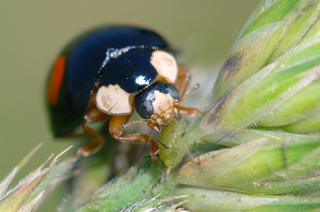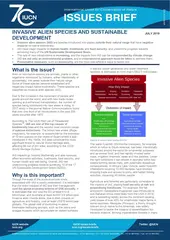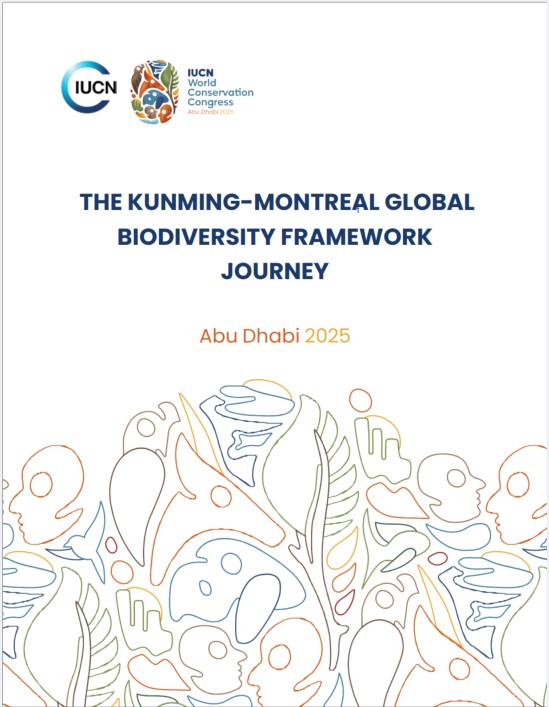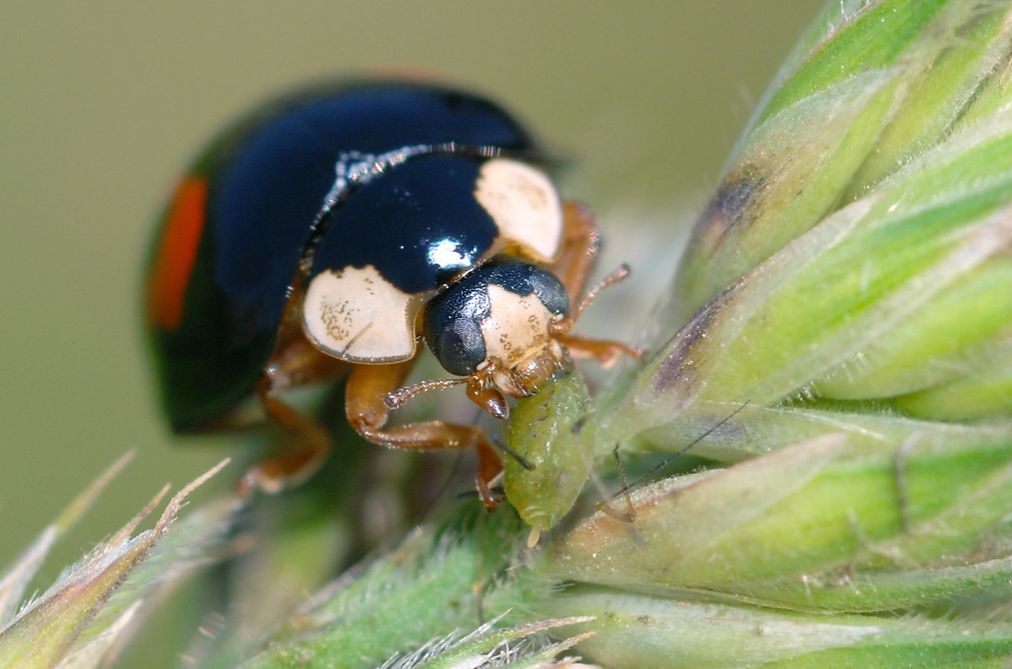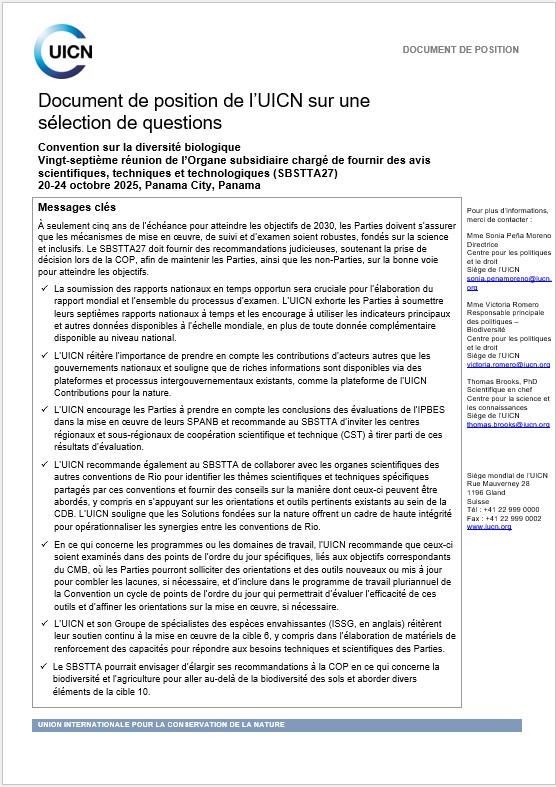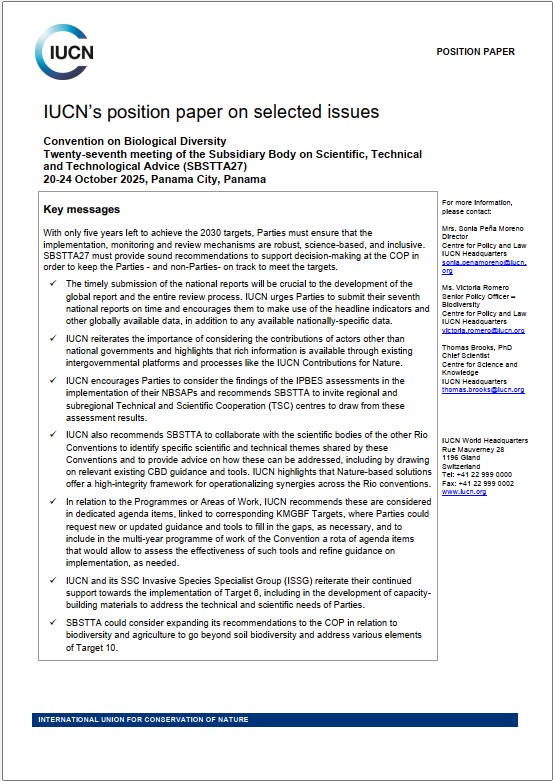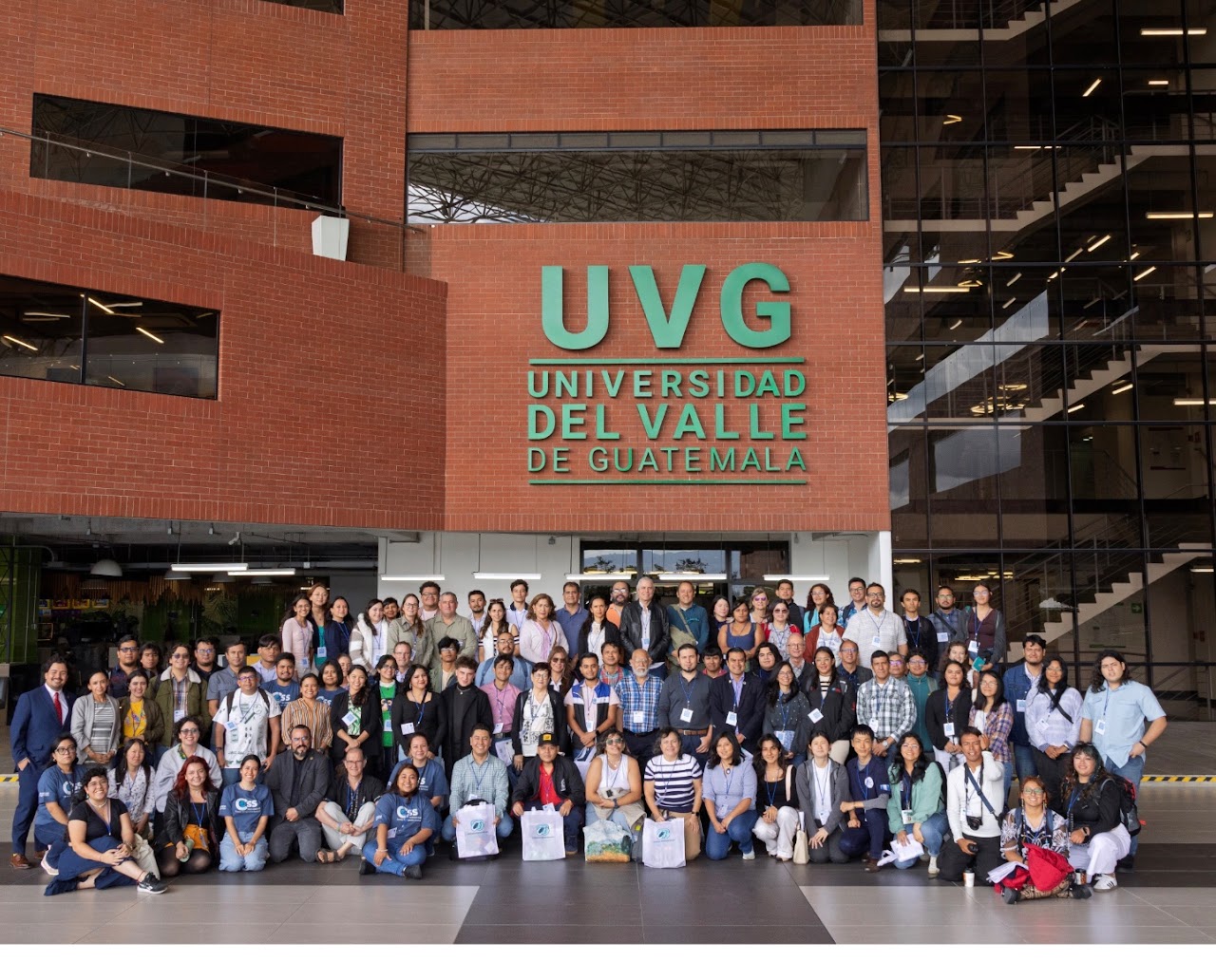Supporting governments, the private sector and civil society to address invasive alien species
Regulating the trade and movement of invasive alien species is the most effective way to prevent their introduction and spread. Once an invasive species arrives to a new area, it is possible to limit their negative impacts though early detection, monitoring and rapid eradication.
The IUCN Secretariat and Species Survival Commission Invasive Species Specialist Group (SSC ISSG) work together to tackle invasive alien species and their impacts at all stages, from providing essential data and expertise to guide policy-making through to action on the ground. We collaborate with regional and national governance, NGOs and local stakeholders.
Toolkit for Invasive Alien Species
In 2025 the Convention on Biological Diversity (CBD) published an Invasive Alien Species Toolkit for Target 6 of the Kunming-Montreal Global Biodiversity Framework, which was developed under the Secretariat of the CBD by IUCN and members of the SSC ISSG with valuable inputs from other members of the CBS’s Inter-Agency Liaison Group. The Toolkit aims to support the development of actions at the national level to help achieve the different elements of Target 6, namely:
Identifying and managing pathways of introduction
Preventing introduction and establishments of priority IAS
Eradicating and controlling IAS in priority sites
In addition, the Toolkit includes guidance on how to develop a National Invasive Species Strategy and Action Plan (NISSAP). The work has been developed with generous support from the Government of Japan through the Japan Biodiversity fund and the European Union.
Projects and Resources
IUCN works closely with a diverse array of organisations and experts globally, with a shared aim of managing invasive alien species (IAS) and preventing further introductions. This work includes:
- Providing technical and scientific support to the European Commission (EC) to strengthen the implementation and application of the EU IAS Regulation (No. 1143/2014).
- Working as Strategic Partner on the GEF-UNDP-IMO GloFouling Partnership, alongside World Sailing and the International Council of Marine Industry Association, to address biofouling in relation to aquatic IAS.
- Implementing the Inva'Ziles project to produce guidelines on managing IAS on offshore islands. This collaborative work had input by the IUCN SSC ISSG, the Western Indian Ocean Network on Invasive Species and the Caribbean Invasive Alien Species Network. Hosted by the Indian Ocean Commission and supported by EC funding.
The resources produced from all of these projects are freely available below.
All Resources
